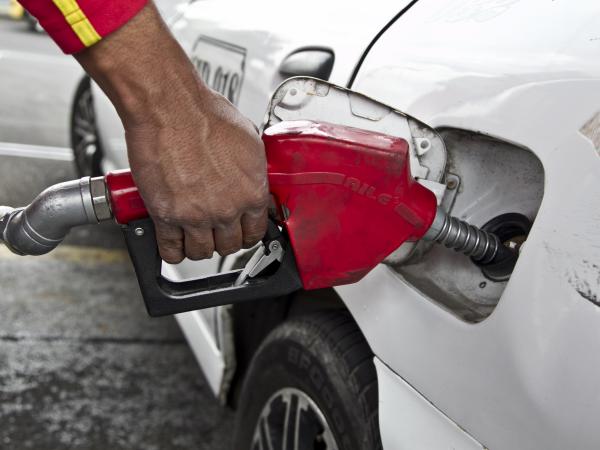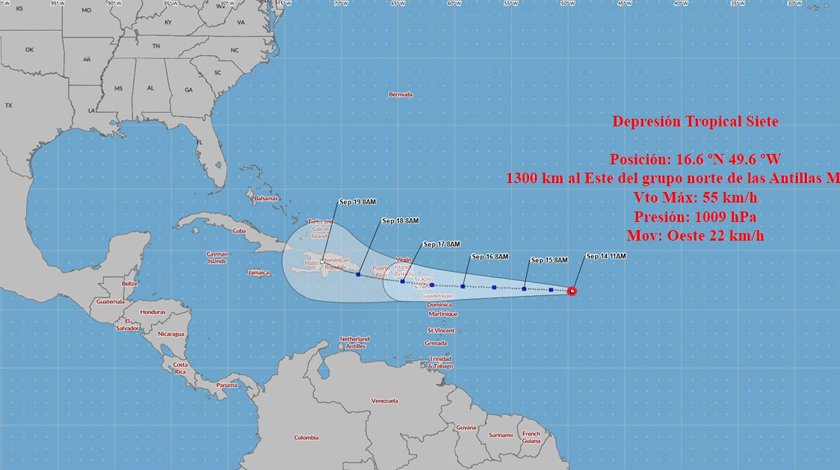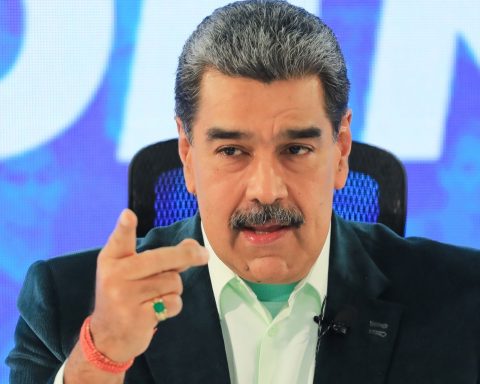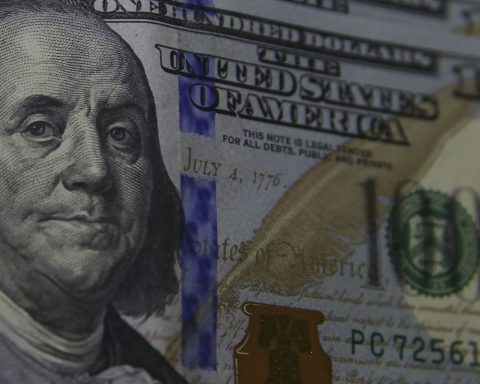Since the end of 2011, Colombia has put into practice a formula that currently determines the price of gasoline in the country.
(Rise in fuels in the country will begin in October).
Before 1999, the Government regulated the price and assumed the subsidies. Nevertheless, the continuous increases in international oil prices caused significant adjustments in the domestic price of gasoline, which caused that some months its cost was higher than others for the State.
Necessarily, the subsidies had to be dismantled, among other things, due to the economic recession that the country was suffering at that time. For this reason, the model to establish the price of gasoline changed.
For this, a formula was created with which the government varies the price monthly, depending on how the international market moves, which is known as the opportunity cost.
(Government supports sectorized increase in gasoline: what would it be like).
But what does the complex formula consist of? To average the price of a gallon of gasoline or ACPM, the income to the producer, the biodiesel, the tax to the nation, the territorial tax, the distribution margins and the transport are added.
Each of these aspects, in different percentages, adds up to the total price of fuel.
Bloom
This is the value that the Government pays to the oil supplier, that is, the owner of the refinery, which in this case is Ecopetrol, per gallon of gasoline or ACPM and that represents almost 50 percent of the total price.
Producer Income = 50%.
Then comes the second payment: the Biofuel that is mixed with gasoline. In Colombia, ethanol is used.
It is calculated that the average percentage for the purchase of Biofuel represents 7 percent of the total sum.
Biofuel= 7%.
Tax to the Nation and territorial tax
The government decided to tax the gallon of gasoline and ACPM.
The collection of these taxes goes both to the national government and to the municipal and departmental governments. Adding both taxes, they represent almost 26 percent of the total cost of fuel, that is, 13 percent for both types of taxes.
(The brands that lead the gasoline business in Colombia).
Here are included aspects such as VAT, among other surcharges.
National tax= 13%
Land tax= 13%
Distribution margins
In addition, wholesale and retail distributors must be paid. That remuneration to distributors is 10 percent of the total price.
Distribution margins= $10
Finally, transportation costs represent 6 percent of the gallon of gasoline.
Transportation= 6%
Thus, the most important variables to determine the price of a gallon of gasoline are income to the producer and taxes.
BRIEFCASE
















